Trip Report Samples
-

College Trip Report
download now -

University Field Trip Report
download now -

Vehicle Trip Report
download now -
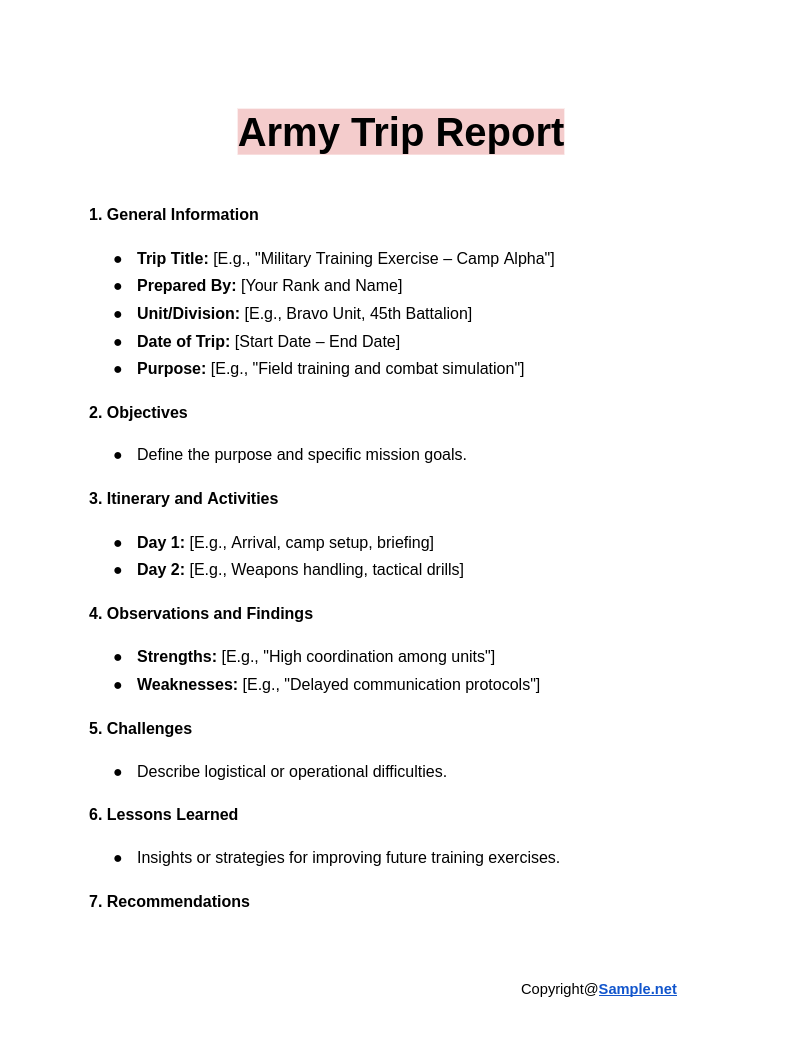
Army Trip Report
download now -
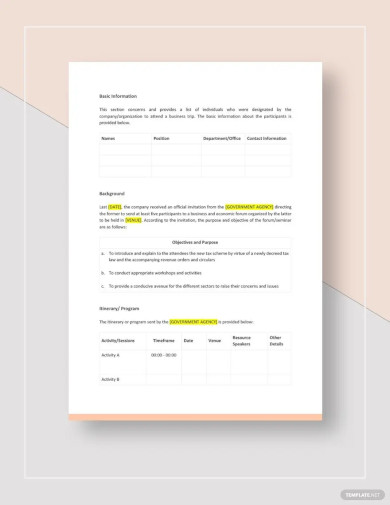
Trip Report Template
download now -
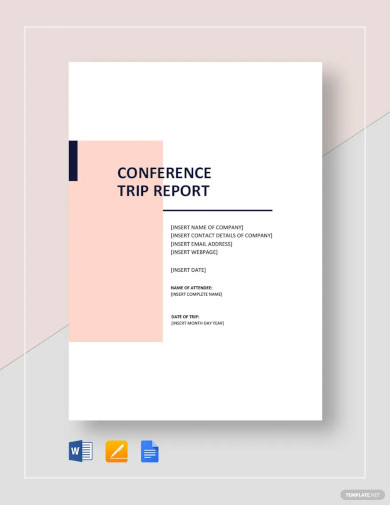
Conference Trip Report Template
download now -
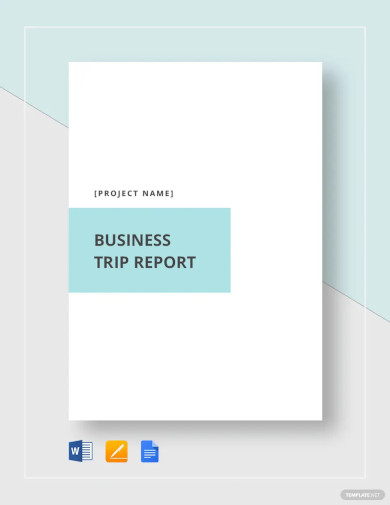
Business Trip Report Template
download now -
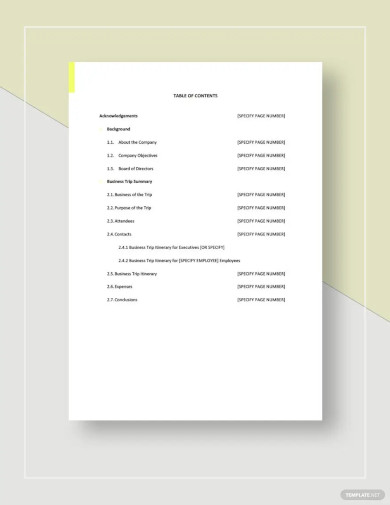
Sample Trip Report Template
download now -
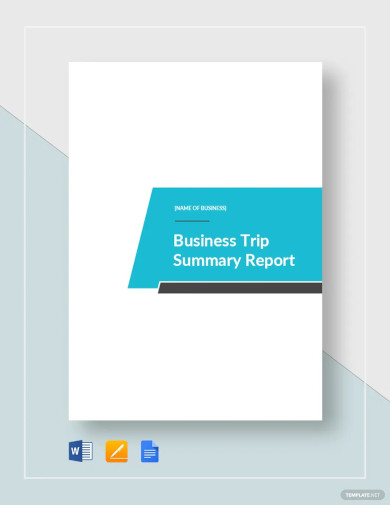
Business Trip Summary Report Template
download now -
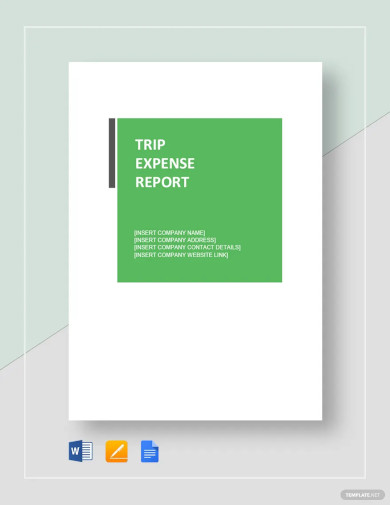
Trip Expense Report Template
download now -
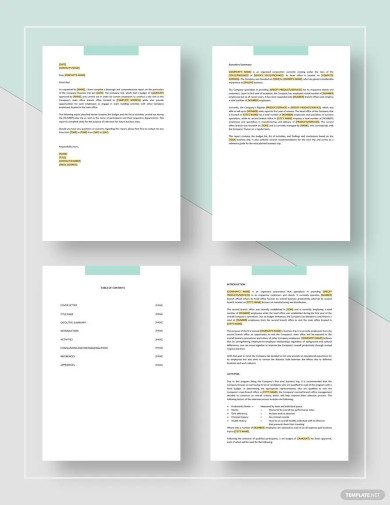
Simple Business Trip Report Template
download now -

Sales Business Trip Report Template
download now -

Field Trip Report Template
download now -

Sample Business Trip Report Template
download now -
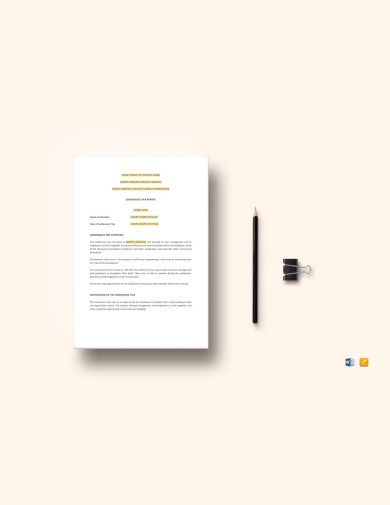
Basic Conference Trip Report Template
download now -

Sales Trip Report Template
download now -
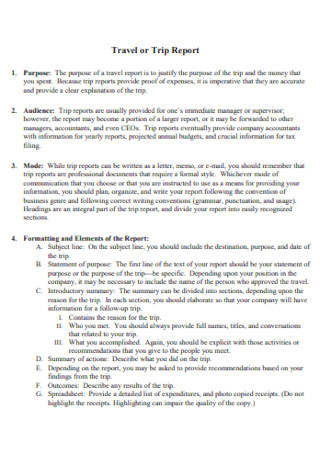
Travel or Trip Report
download now -

Business Trip Report
download now -
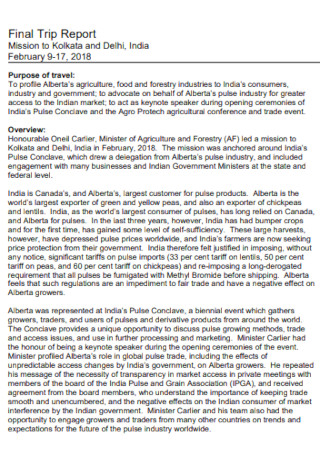
Final Trip Report
download now -
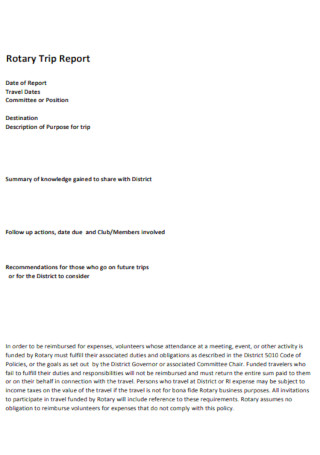
Rotary Trip Report
download now -

Trip Report Outline
download now -
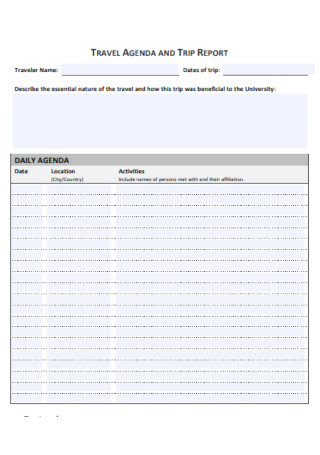
Travel Agenda and Trip Report
download now -
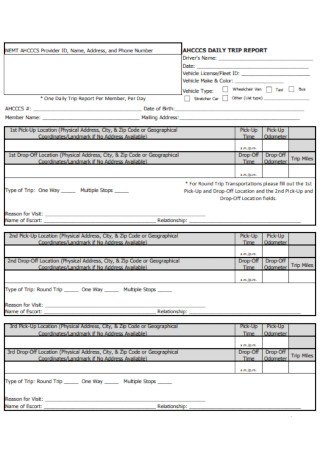
Daily Trip Report
download now -

Sample Field Trip Report
download now -
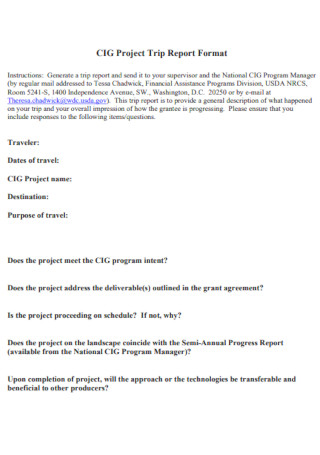
Project Trip Report Format
download now -
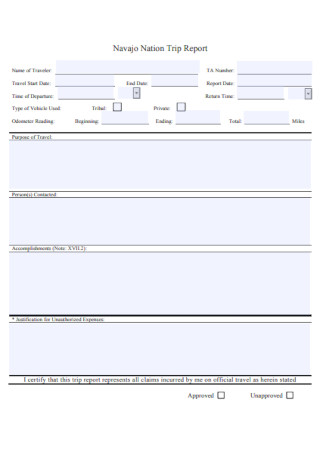
Sample Nation Trip Report
download now -
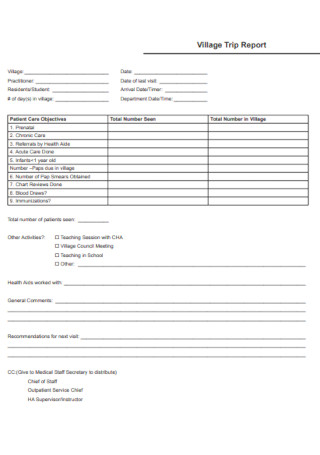
Village Trip Report
download now -
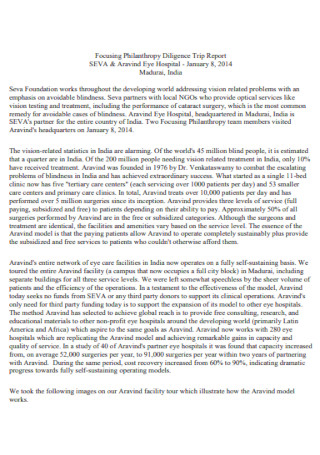
Diligence Trip Report
download now -
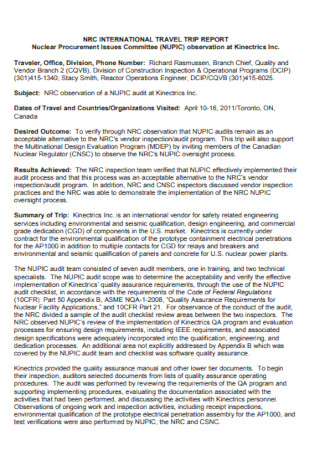
International JetBlue Trip Report
download now -
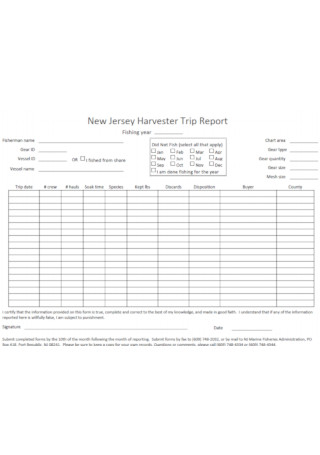
New Jersey Harvester Trip Report
download now -
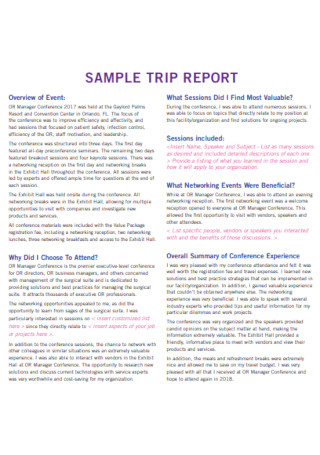
Sample Trip Report
download now -

Event Trip Report
download now -
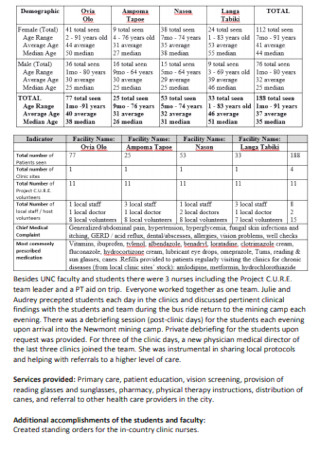
Sample Post Trip Report
download now -
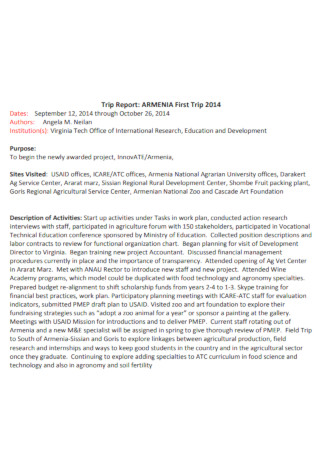
First Trip Report
download now -
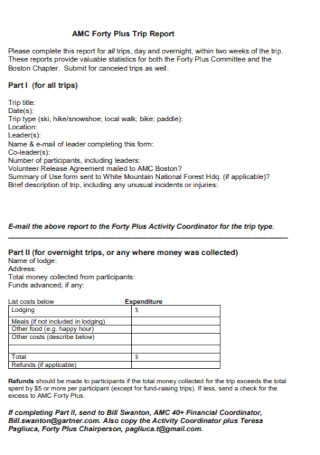
Work Trip Report
download now -

Simple Field Trip Report
download now -
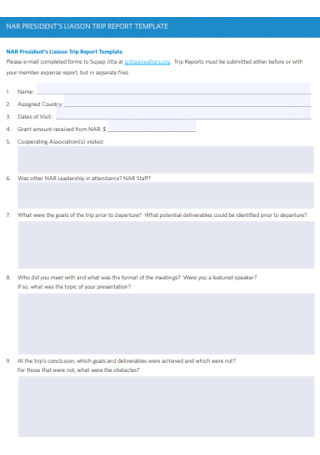
Introduction to Trip Report
download now -
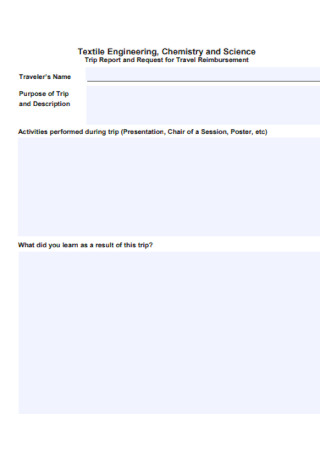
Science Trip Report
download now -
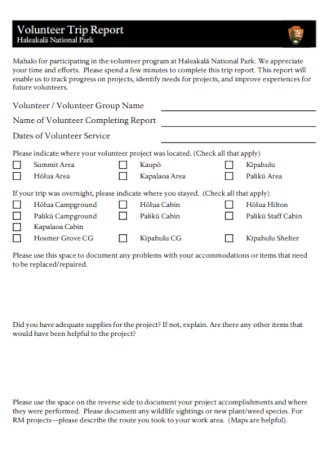
Sample Volunteer Trip Report
download now -
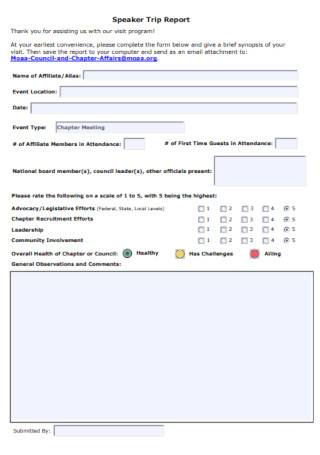
Speaker Trip Report
download now -
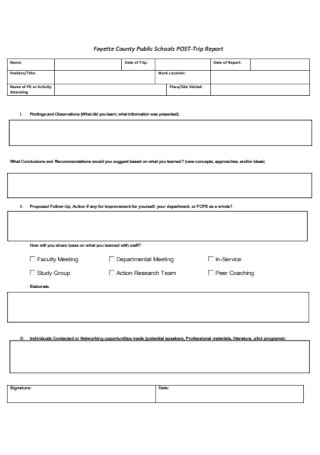
Public School Trip
download now -
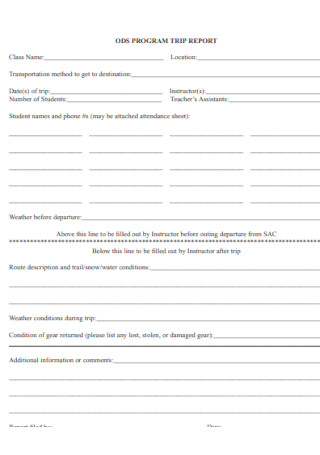
Program Trip Report
download now -
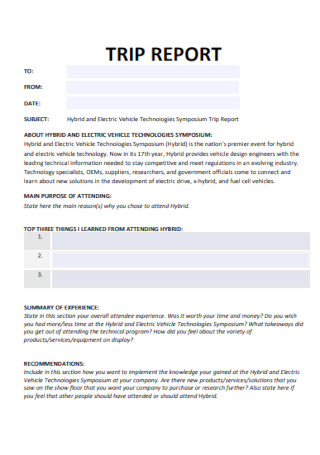
Standard Trip Report
download now -
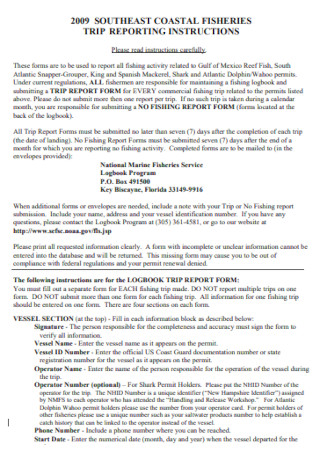
Sample Fisheries Trip Report
download now -

Truck Owner Operator Trip Report
download now -
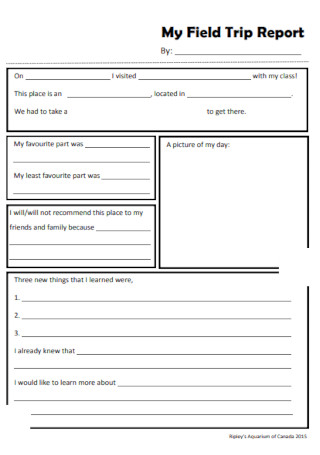
My Field Trip Report
download now -

Technical Trip Report
download now -
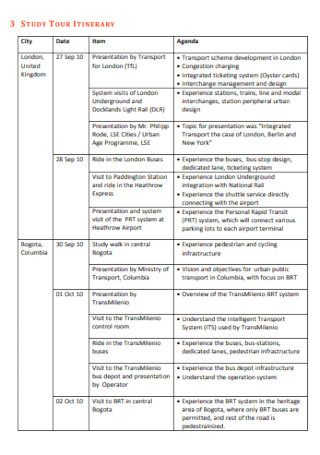
Engineering Trip Report
download now -
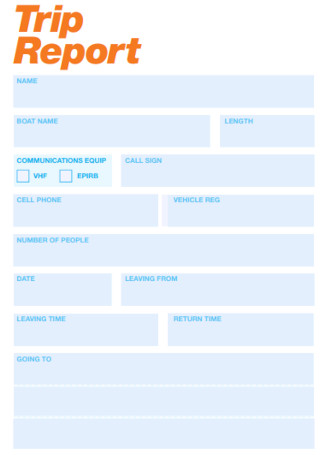
Trip Report Format
download now -
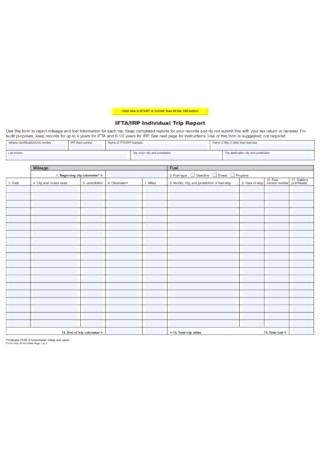
ConferenceTrip Report
download now -
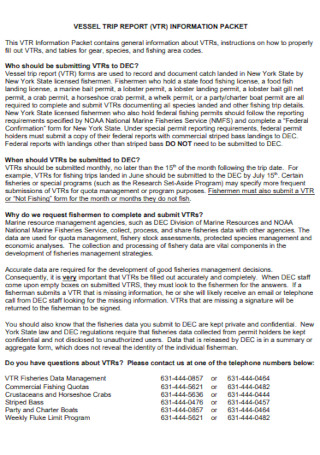
Sample Trip Information Report
download now -
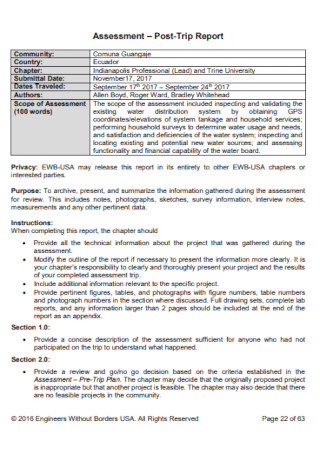
Trip Report in PDF
download now -
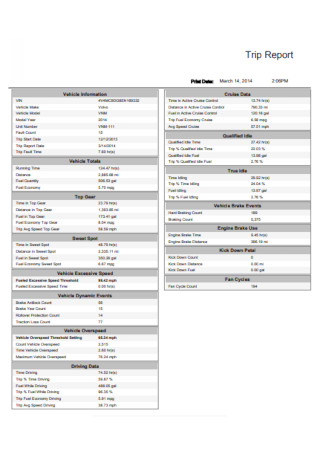
Printable Trip Report
download now -
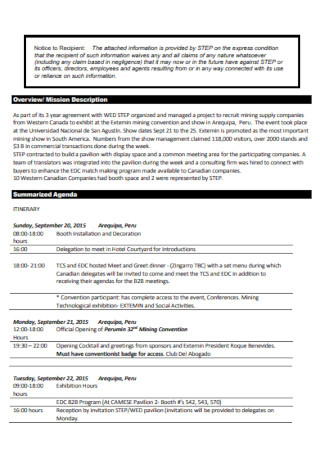
Basic Trip Report Example
download now -
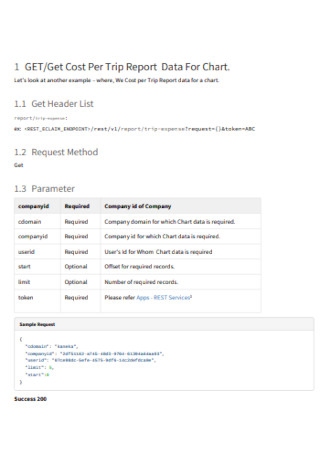
Trip Report Executive Summary
download now -
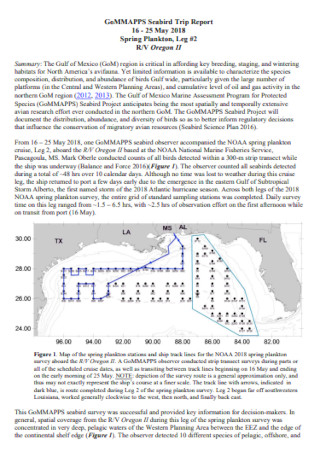
Free Trip Report
download now -
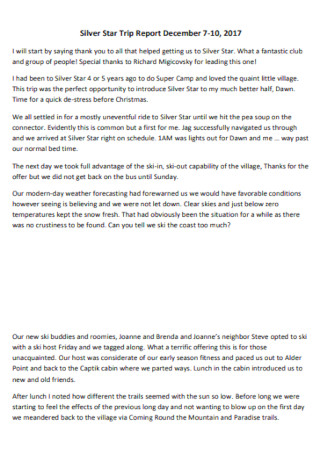
Kids Trip Report
download now -

Parents Field Trip Report
download now -
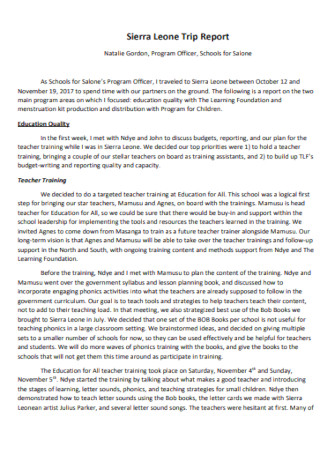
Sample Writing Trip Report
download now -
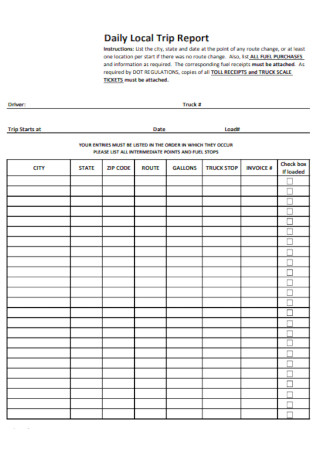
Daily Local Driver Trip Report
download now -
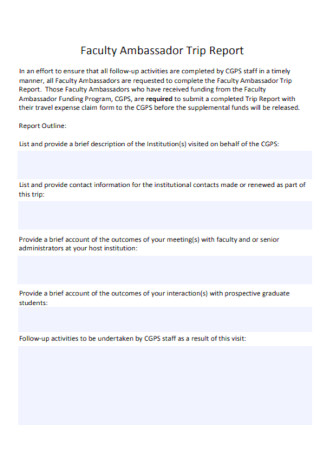
Faculty Ambassador Trip Report
download now -
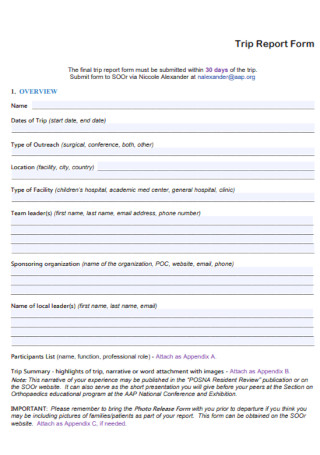
Sample Trip Report Form
download now -

Graduate Student Travel Trip Report
download now -
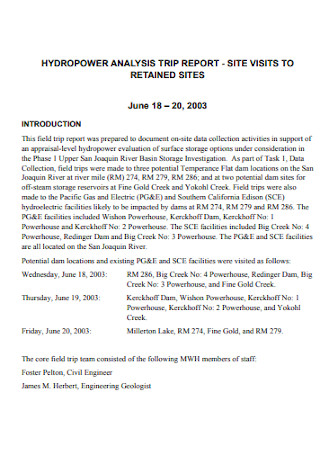
Sample Educational Trip Report
download now -
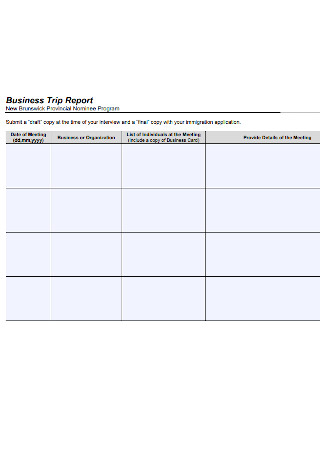
Business Trip Report
download now -
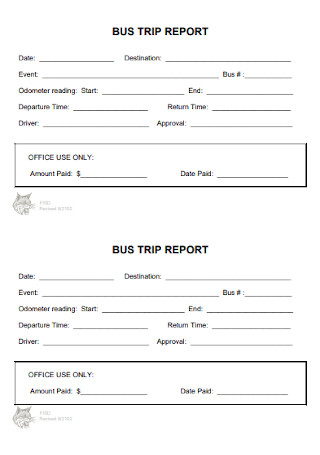
Bus Trip Report
download now -
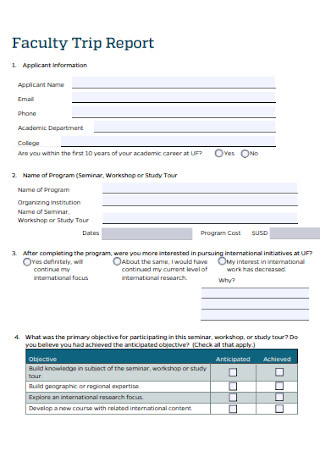
Sample Faculty Trip Report
download now
FREE Trip Report s to Download
Trip Report Format
1. General Information
Trip Report Samples
What is a Trip Report?
The Elements of a Trip Report
How to Create a Trip Report
FAQs
What makes a good trip report?
What if I forget what happened during the trip?
What are the parts of report writing?
What is the significance of a trip report in a professional setting?
How do trip reports differ between industries?
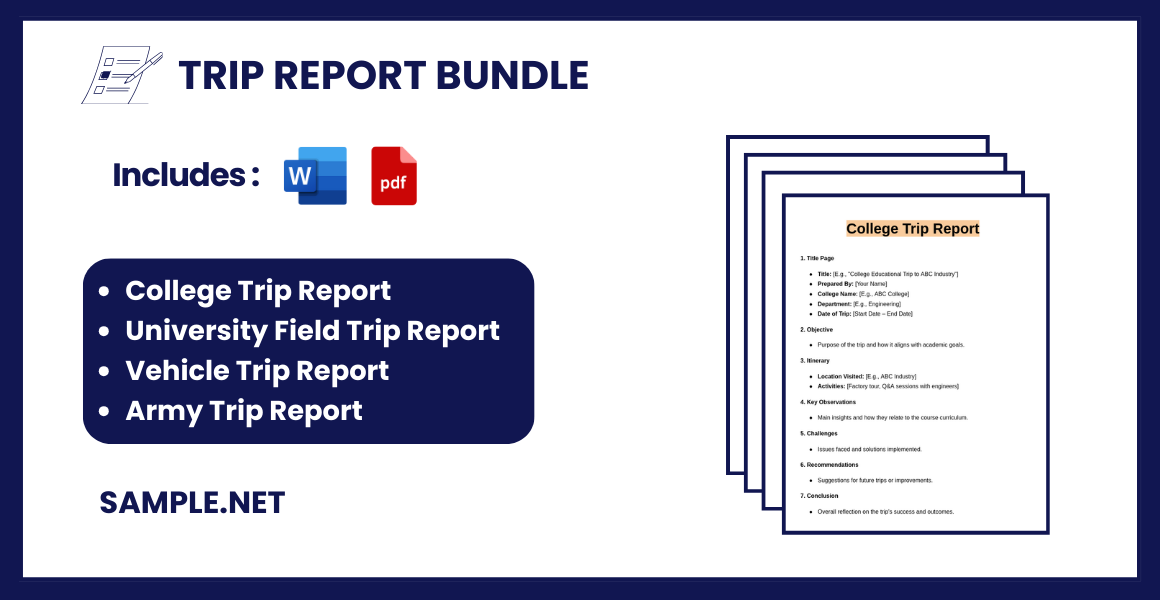
Trip Report Format
1. General Information
- Report Title: [E.g., “Business Trip to London”]
- Author: [Your Name]
- Date of Trip: [Start Date – End Date]
- Report Submission Date: [Date]
- Purpose of Trip: [E.g., Meeting with clients, attending a conference]
2. Executive Summary
- A brief overview of the trip purpose, key outcomes, and any immediate action items.
3. Objectives
- Primary Objective: [Main goal of the trip]
- Secondary Objectives: [Additional goals or activities planned]
4. Itinerary
- Day 1: [Details of activities, meetings, events]
- Day 2: [Details of activities, meetings, events]
- Continue as needed for the trip duration.
5. Key Activities and Observations
- Meeting Summaries:
- Date & Time: [E.g., “July 10, 10:00 AM”]
- Participants: [List participants and their roles]
- Key Discussion Points: [E.g., “Discussed project progress and challenges”]
- Outcomes/Decisions: [E.g., “Agreed to new project deadlines”]
- Site Visits: [Details of locations visited, observations, and outcomes]
- Events Attended: [E.g., conference sessions, workshops, etc.]
6. Insights and Findings
- Summarize key takeaways, insights, or lessons learned from the trip.
7. Challenges Encountered
- List any difficulties faced during the trip, how they were managed, and recommendations for future trips.
8. Expenses
- Transportation: [E.g., flight tickets, local transportation]
- Accommodation: [E.g., hotel details and cost]
- Meals: [Total cost]
- Miscellaneous: [E.g., other business-related expenses]
- Attach detailed receipts if required.
9. Recommendations
- For Future Trips: [Suggestions to improve the efficiency and productivity of similar trips]
- Follow-Up Actions: [E.g., “Prepare detailed minutes for the client meeting and share within a week”]
10. Conclusion
- Summarize the overall success of the trip and reiterate its impact on the objectives.
11. Attachments
- [Include relevant photos, documents, or presentations shared during the trip]
What is a Trip Report?
A trip report is a written document that outlines the details and outcomes of a trip undertaken for specific purposes, such as business meetings, research, training, or fieldwork. It provides an organized record of the trip’s purpose, activities, observations, and conclusions. These reports serve as a valuable reference for decision-making and can highlight lessons learned to improve future trips. You can also see more on Travel Expense Reports.
The Elements of a Trip Report
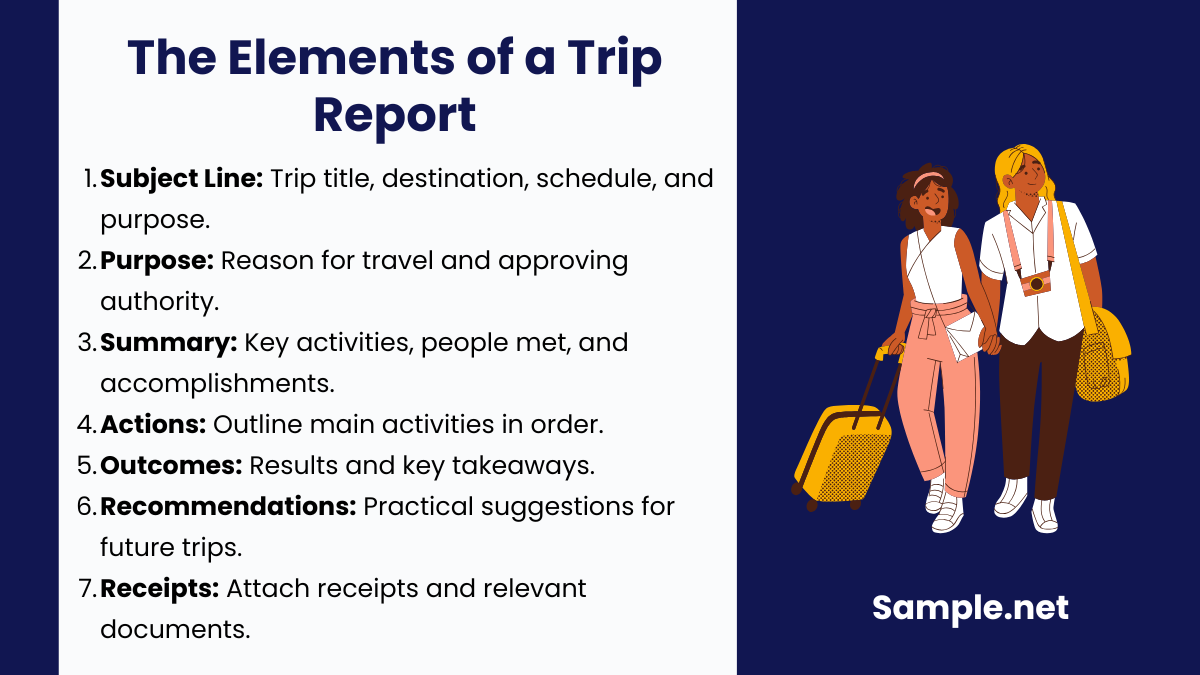
After knowing the trip report’s definition and intent, how about what to find in its content? Just like most business reports, there are essential elements inside. And each aspect makes up one full trip report. Without further ado, here are the elements of the trip report:
How to Create a Trip Report
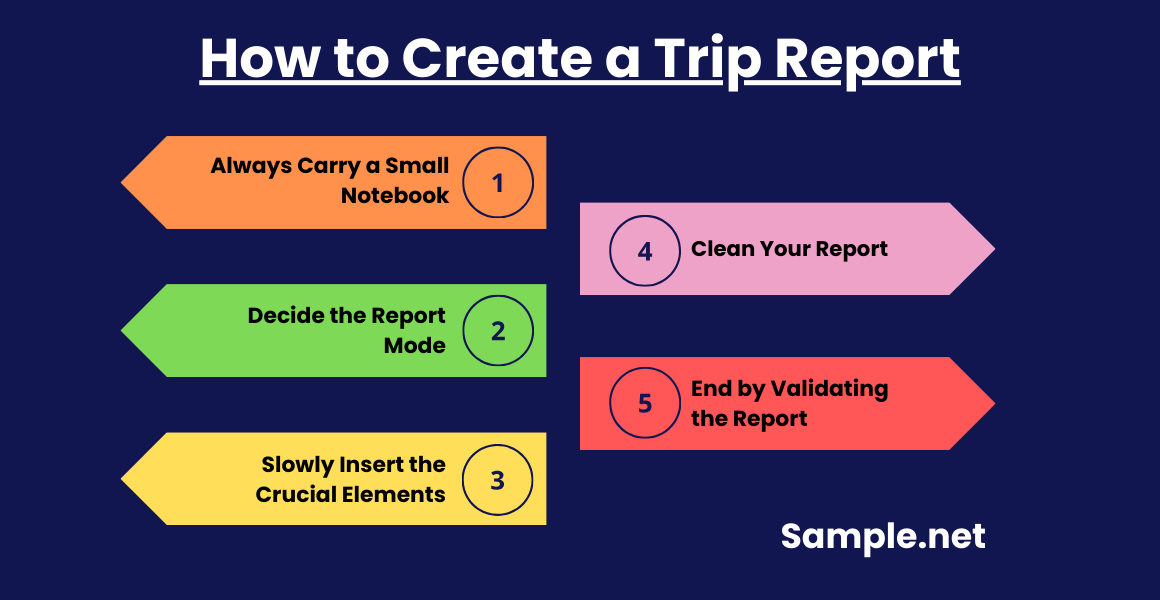
How often do people make trip reports? As most individuals who compose such reports are taking business trips, then you should know that there are a lot of them. Americans even have 405 million business trips, in long-distance, per year. And that amount accounts for 16% of all the long-distance travel. Meanwhile, in a most recent survey, Statista reported that American travelers reached 463.6 million domestic business trips in 2018. So if you are about to take that trip, be sure you are prepared with how to create a trip report. And you do that according to these steps:
Step 1: Always Carry a Small Notebook
Before heading to that trip, be sure you have a handy notebook and pen. Your phone will do too if you are more comfortable that way. Rest assured that the notebook becomes your most reliable assistant regarding what to write in your trip report. Since you can simply put that item in your purse or pocket, then writing down what’s necessary is easy to access. Most importantly, jot down the required details, especially when businesses have varying requests. You can also see more on Summary Reports.
Step 2: Decide the Report Mode
As you write down, include the time and date of when particular events happened. The same goes for tracking the expenses paid during the trip. The point is be over-prepared as it is wiser than lacking any sense of preparedness. Moving forward. Start writing the report when the trip is done, and if you have time to write. First things first, what will be the report mode and format? Should you write in a detailed letter, memorandum, or an email? Knowing the final call for such factors prevents you from erring.
Step 3: Slowly Insert the Crucial Elements
Since you have enough knowledge about the trip report elements, as discussed before, slowly insert them down. From the subject line down to the receipts, follow that sequence. But, be sure you gathered enough data in the sheet. Giving only very little information to the report might make employers wonder if you are hiding any detail from the trip. And for the summary, keep it in-depth. Broad statements only invite more questions, so add more detail to it.
Step 4: Clean Your Report
Yes, keeping reports detailed is good. But don’t overdo it. Maybe the information is all over the place. Thus, the report is already wordy. To fix that issue, clean the content. Are there reiterations or unnecessary statements? Or are there some parts that are irrelevant to the report’s purpose? Then, omit those. Also, watch out for lengthy sentences. Issues on wordiness can be fixed by keeping it sample brief. Shorten the sentences instead and make it more concise or understandable. Trip reports that are direct to the point and easy to understand will surely suffice.
Step 5: End by Validating the Report
Are you nearly finished? Great, proceed to organize the content. Keeping it itemized is the key, so details are well-arranged; thus, readable. Lastly, validate the report. This validation is where the receipts and attachments that support the report play a vital role in proving your statements. False reports would be exposed once evaluators conduct data analysis to its content. So, confirm your report and provide your signature to end it.
FAQs
What makes a good trip report?
A trip report is already good when it answers the important questions there is to know about what happened from a trip. Also, the report should present facts or evidence to support the statements inside.
What if I forget what happened during the trip?
Indeed, we sometimes forget particular details. It might happen if you had too much fun during the trip, like drinking and partying, which should not be your priority. So for trips that require reports, be professional. And that is why you carry a notebook, document everything, and write as soon as you have time to combat forgetfulness. You can also see more on Training Report.
What are the parts of report writing?
Reports, in general, have different parts. And how they are itemized differs according to what’s required or the report’s purpose. But reports typically have the following parts:
- Title page
- Table of contents
- Executive summary
- Introduction
- Discussion
- Conclusion
- Recommendations
- References
What is the significance of a trip report in a professional setting?
In professional settings, trip reports act as a formal communication tool to justify expenses, inform decision-making, and provide transparency. They are also critical for planning future strategies based on the trip’s outcomes.
How do trip reports differ between industries?
For businesses, trip reports focus on client interactions and deals, while in research, they emphasize data collection and findings. Academic trip reports may include reflective analysis and learning outcomes. You can also see more on Business Report.
